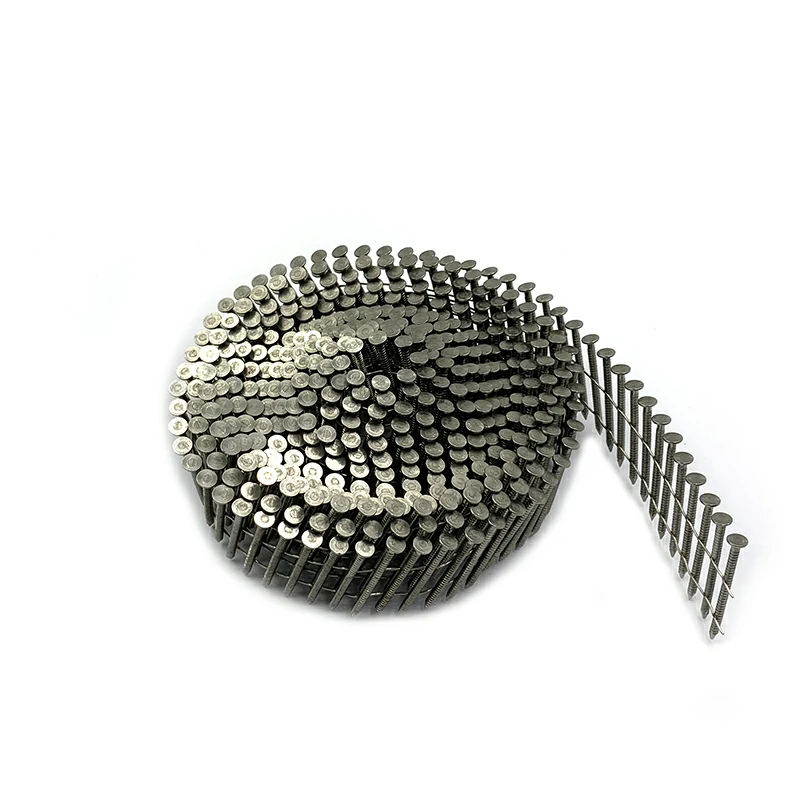Choosing the best wire collated nail for your application involves considering several factors. Here’s a step-by-step guide to help you make an informed decision:
Determine Your Application:
Understand the specific requirements of your application. Are you working on framing, carpentry, roofing, or another type of project? Different applications have different demands, and the nail you choose should be suitable for the task at hand.
Nail Length and Diameter:
Consider the appropriate nail length and diameter for your project. The length should be sufficient to penetrate the materials being fastened while providing the desired holding power. The diameter should be compatible with the thickness and density of the materials to ensure a secure and durable connection.

Material Compatibility:
Evaluate the materials you will be working with. Different materials require different types of nails. For example, if you’re fastening wood, choose nails specifically designed for wood applications. Similarly, if you’re working with concrete or masonry, you’ll need nails designed for those materials. Ensure that the wire collated nails you select are compatible with the materials you’re working with to achieve optimal results.
Collation Type:
Wire collated nails are available in various collation types, such as angled, straight, or offset. The collation type determines how the nails are held together in the collated strip. Consider the angle and configuration that work best with your nail gun or pneumatic tool. Check the tool’s specifications or consult the manufacturer to ensure compatibility between the collation type of the nails and your tool.
Nail Coating:
Consider the nail coating options available. Common coatings include galvanized, stainless steel, or coated with various materials like vinyl or epoxy. Coatings provide protection against corrosion and enhance the nail’s durability. The choice of coating depends on the environment and conditions in which the nails will be used. For outdoor or high-moisture applications, corrosion-resistant coatings like galvanized or stainless steel are recommended.
Nail Head Type:
Determine the appropriate nail head type based on your project requirements. Common nail head types include flat head, round head, or clipped head. Flat heads provide a flush finish, while round heads offer enhanced holding power. Clipped heads allow for more nails to be collated in a strip, increasing nail capacity but often at the expense of holding power. Consider the aesthetics, load-bearing requirements, and any specific regulations or guidelines related to nail head types in your application.
Quality and Brand Reputation:
Choose wire collated nails from reputable manufacturers known for producing high-quality fasteners. Read customer reviews, consult professionals in the industry, or seek recommendations to ensure you select nails that are reliable, durable, and perform well in your specific application.
Compliance with Codes and Standards:
Determine if there are any specific building codes, regulations, or industry standards that dictate the type of nails to be used in your application. Certain projects may have specific requirements for nail types, lengths, or coatings to ensure compliance and safety.
Cost Considerations:
Compare the prices of different wire collated nails while considering the quality and features they offer. Strike a balance between cost and performance to ensure you get the best value for your investment.
By considering these factors, you can choose the best wire collated nail that aligns with your application requirements, provides reliable performance, and ensures a secure and durable fastening solution.